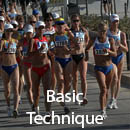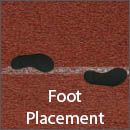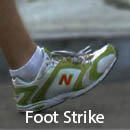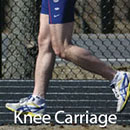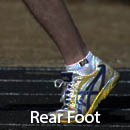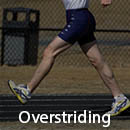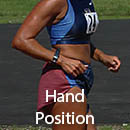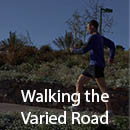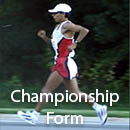Race Walking Technique
Introduction
When people approach me to teach them to race walk, they usually fit within one of four broad categories: injured runners looking for an alternative to the wear and tear of running, experienced runners looking for a new sport that provides greater competitive opportunities, fitness walkers looking to get fitter and faster, or non-athletes eager to immediately get off the couch and start a fitness program.
Of the four groups, the last actually has the mental advantage. People in the first three groups often approach race walking technique with predetermined ideas of how fast they should be walking. Ask any runner who has tried race walking and not continued with it, and he or she will tell you: race walking is difficult! While difficult is a very vague term, it reflects the fact that the sport takes a much greater degree of sustained focus and concentration on technical details than running. Nevertheless, once basic technique is mastered, race walking is actually an easier sport to progress within because competitors avoid the injuries that continually plague runners.
Do As I Say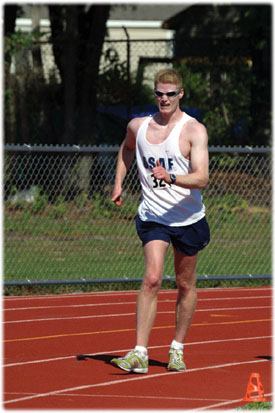
Do not mimic the technique of other people who race walk. Instead, follow the detailed instructions described here and on my DVD. All too often I hear that a race walker tried one thing or another because he or she observed someone else do it. Avoid this temptation. Novice walkers cannot know whether a particular race walker’s individual method of locomotion is efficient, admirable, or simply an oddity due to something in the walker’s unique body structure.
For example, look at the photo of Kevin Eastler (right). While Kevin exhibits completely legal technique and is capable of walking at incredible speeds, he has a wicked bow in his leg that causes his foot to duck out as he carries his leg under and through. Because Kevin is the 2003 U.S. 20K Champion, you might be tempted to mimic his technique. Don’t do it! You will most likely get injured very quickly!
Even if an elite race walker’s body is ideally proportioned and he seemingly walks with textbook technique, his technique might not work for you. Are your body proportions the same? Are you strong enough to move your muscle groups in the same manner? Are you correctly interpreting what you see?

For all of these reasons, please: Do as I say, not as you see.
![]()
Patience is a Virtue That Comes to Those Who Wait
In the early days of learning race walking technique, the key is not focusing on your pace. Your slower pace builds solid skills, enabling you to walk faster later. The better your race walking technique, the more you use your body’s untapped resources, increase your pace, and improve the safety of your workout.
Remember, like any complex skill, the sport of race walking takes time to master, and not everyone progresses to efficient, legal technique at the same rate. Some aspiring race walkers master the technique in as little as two months or as long as two years. Rushing the learning process causes illegal technique and other inefficient habits. Acquired early in your walking career, such habits quickly become ingrained and difficult to unlearn. So start slow. Master all of the techniques explained in this section before attempting any of the training schedules explained on the DVD.

